Landscaping with native plants is important for the health of our environment, and it means you choose to support your local ecosystem by using native plants instead of non-native or invasive species that cause harm.
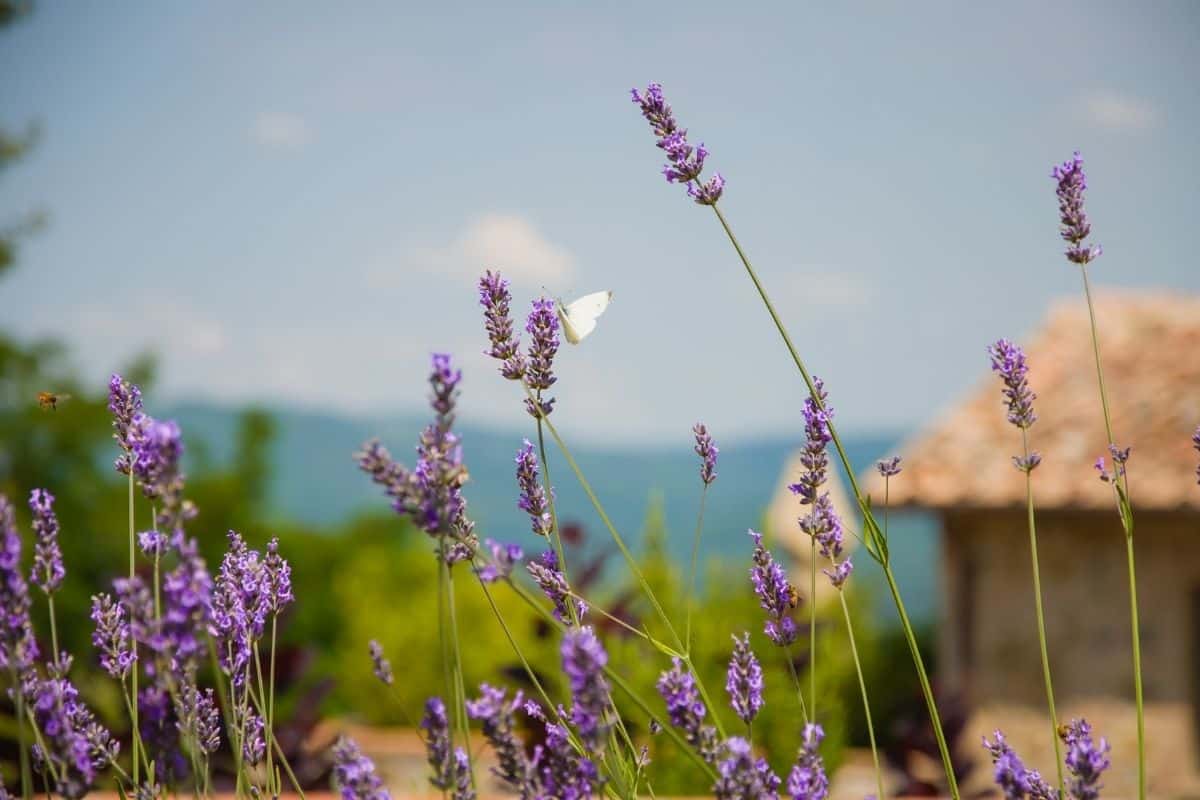
A native plant is a plant that has developed over hundreds or thousands of years in a particular region or ecosystem. Plants found in a region before European settlement are considered to be native to that area. Basically, it means they grew there on their own before any humans came along and moved, planted, seeded, or cultivated new plantlife.
Why is it so important and beneficial to use native plants in your gardening? First, native plants play an important role in local ecosystems. They provide food, shelter, and nectar sources for local insects and wildlife. They can also help purify the air and prevent soil erosion. They provide both habitat and food sources to native wildlife, and they play an important role in pollination.
Why Is Landscaping With Native Plants Important?
There are many reasons to landscape with native plants:
- native plants are adapted to the local climate and soil conditions
- they will require less maintenance and will generally grow and perform well because this is where they occur naturally
- they also don’t require fertilizers and require fewer pesticides and watering than traditional lawns
- you’ll save time and money, and it’s better for the environment
- native plants can also help prevent soil erosion and they help cleanse the air
Let’s look at some of the best native plants for gardens and landscaping in each of the 50 states.
Native Plants By State
Each state in the United States has many things that make it unique and help it stand out from other states. As garden lovers, what we appreciate most about each state is the plethora of beautiful native plants found there.
With so many benefits to using native plants in your garden or landscape, you'll want to check our list of natives for your state, and don't forget to share with your friends!
Topping our list is Alabama, a lush and green Southern state with thousands of plant varieties for you to choose from. The diverse ecosystem across the state lends itself to a wide array of native plants. Here are some of our favorites.
Despite the cold, snowy climate, Alaska has many cold-tolerant natives that thrive in this unique, cold state. Here are some of our favorites that you can use in your Alaskan garden or landscape.
There are some beautiful, stunning flowers in the state of Arizona, and this list will highlight some of the best native picks you can use for your garden. From the mighty saguaro to desert holly and others in between, you'll love these native plants in the Grand Canyon State.
Here are some of the best plants and shrubs for landscaping in Arkansas. This Southern coastal state has great conditions for some beautiful blooming flowers and some great landscaping shrubs. Take a look at some great choices and beautiful blooms.
The Golden State is known for its beaches, amazing weather, and famous cities. But it's also a state with a vast climate and greatly different conditions from the north to the south. This means there are many different flowers, trees, shrubs, and succulents that can be found natively in the state.
Colorado may have cold winters but it's not all snow and mountains. It has a diverse landscape that includes arid desert, river canyons, and the famous Rocky Mountains. Colorado has an abundance of native plants for landscaping and gardens. Check out our list and share it with your friends.
Connecticut is a northeastern state in the southern part of New England. It has a mix of coastal cities and rural small towns. The Constitution State is also known for its Seaport museum in Mystic and Yale University in New Haven. Let's take a look at the native plants that call this state home.
Delaware actually sits on a peninsula and is bordered by the Delaware River, Delaware Bay, and the Atlantic Ocean. The state bird is the Delaware blue hen and the state flower is the peach blossom. Our list will show you some other beautiful native flowers that are perfect for your garden.
Next up is Florida, a peninsula state known for its beaches and palm trees, alligators and the Everglades, and the popular city of Miami at its southernmost tip. What you may not know about the Sunshine State is all the other stunning native plants found here.
Georgia is a southeastern state right above Florida, with a terrain that features farmland, mountains, and coastal beaches. It's a state rich in history, including the Martin Luther King, Jr. National Historic Site. It's known as the Peach State, but there are many more amazing plants beside the peach tree.
It's hard to think about the Aloha State without getting visions of flowers. Hawaii is the only U.S. state that is outside North America. It's actually a collection of islands, each with its own terrain and beautiful plants. We've compiled a list of our seven favorite natives.
There's more than grows in Idaho than great potatoes. The Gem State also has many amazing native plants for every landscape need. Check out our favorites here and don't forget to share with your friends.
Illinois is a midwestern state that borders Indiana in the east and the Mississippi River in the west. It's full of forests, farmland, rolling hills, prairies, and wetlands, which means there are many diverse native plants that grow there. Here we have some of our favorites.
Indiana is another Midwestern state with a lot to offer. This includes some beautiful, low-maintenance native plants like the ones on our list. Check out our full list here and see which ones you like the best.
Iowa is a Midwestern state that borders the Mississippi in the east and the Missouri and Big Sioux Rivers. It's known for rolling plains and cornfields, the capital city of Des Moines, and it has a wide array of native plants that work great in your garden.
Another Midwestern state, Kansas, has a lot to offer when it comes to plants. Kansas is bordered by Nebraska to the north; Missouri to the east; Oklahoma to the south; and Colorado to the west. The state flower is the wild sunflower. Check out our list to see some more great native flowers.
Kentucky is a southeastern state on the Ohio River in the north and the Appalachian Mountains in the east. It's home to the Kentucky Derby, Kentucky Fried Chicken, and many great native plants that you can find on our list.
Louisiana is a southeastern state on the Gulf of Mexico. It's known for Mardi Gras, jass music, and the Creole and Cajun cultures. It's rich in French, African, American, and French-Canadain culture and history. It also has some beautiful native plants for you to appreciate.
Maine is known for great lobster, Stephen King, historical lighthouses, and the spruce-filled Acadia National Park. Have a look at our list and see our top 13 stunning plants for your landscape.
Maryland is a Mid-Atlantic state known for its coastlines and waterways. It has the Chesapeake Bay and the Atlantic Ocean. Historical Baltimore has long been known as a seaport and the Inner Harbor is a tourist destination in itself. Check out our list of native plants from Maryland.
Next up on our list is Massachusetts, a state with a lot to offer. It's the most populous state in New England and it also has a lot of beautiful native garden choices equipped to handle those New England seasonal changes.
Michigan is a state in the Great Lakes region of the Midwestern United States. It's often called the Great Lakes State and it's also known for its fishing and forestry. Here we have 14 amazing landscape choices that are all native to Michigan.
The midwestern state of Minnesota is known for its cold weather and harsh winters. It borders Canada and Lake Superior, the largest of the Great Lakes. It also has more than 10,000 other lakes within its borders. We've picked 12 stunning wildflowers that are native to Minnesota and have adapted to its climate.
Mississippi is a southern US state with the Mississippi River on its west, Alabama to the east, and the Gulf of Mexico to the south. It has a lot of coastal areas, a riverfront area, and a hilly northeast corner. It has a lot of marshy land as well as plains, prairies, river lowlands, and pine woods. This means there is also a diverse collection of native plants in this state.
Missouri is a Midwestern state that borders several other states. The Show Me Stae has a continental climate with strong seasons. In the winter, there can be dry, cold air, as well as rain and snow. Check out our list of 15 amazing wildflowers that are native to the area.
Montana takes us out to the west with a diverse terrain that ranges from the Great Plains to the Rocky Mountains. It has wide-open spaces, vast wilderness, and the famous Glacier National Park. It also has some great native plants for landscaping.
Nebraska is another midwestern state and it contains the Great Plains, which have many native prairie flowers. Check out our list of 18 great wildflowers found native in the Cornhusker State.
Nevada is a western state that borders California to the west. It's famous for the popular tourist city of Las Vegas. But there is a lot more to see in Nevada, including these native plants. Check out our list to see some of the most popular.
The Granite State is nestled up in New England and defined by quaint little towns and wide expanses of wilderness. It's no surprise then, that it also has many great native plants. We've made a list of our favorite native New Hampshire plants and you can continue reading below.
Next on our list is the Garden State. New Jersey has coastal cities, close proximity to New York City, and vast areas of farmlands. You can also find some great native plants here in this state. Our list will give you some of our favorites.
Now we have New Mexico and we have selected eight native plants that work great in your landscape or home garden. This is a mountain state that makes up part of the southern Rocky Mountains. It has more than just desert plants to offer, which you will see on this plant list.
New York is known for so much, including the city of New York with is internationally famous. Although many people think of the city when they think of New York, there is also a lot of forests, national parks, Niagara Falls, and more. There are many native garden and landscape choices.
North Carolina is a southern coastal state rich in history and plant life. It has the Atlantic Ocean to the east, Virginia to the north, Tennessee to the west, and Georgia and South Carolina to the south. This state has a diverse terrain and climate that lends itself to diverse native plants as well.
North Dakota is dominated by the Great Plains, meaning you will find many prairie plants in this state. It also has a lot of Native American and Scandinavian history and heritage, and museums to showcase this. Our list showcases 12 amazing native plants for your garden or landscape.
Next up is Ohio, a Midwestern state with a rich history, and many beautiful native plants. It's commonly called the Buckeye State due to the prevalence of the Ohio Buckeye trees found across the state. See what other natives we enjoy when you continue reading.
Oklahoma is found in the South Central region, above Texas and not far from Dallas. It's known as the Sooner State, originating from the 1889 land rush. It has a diverse climate that ranges from humid and subtropical in the east to semi-arid in the west. This means it also has a wide variety of native plant species.
Now we have Oregon, another northwestern state. It has short, warm, dry summers and very cold, wet, overcast winters. The native plants in this state have evolved to withstand the harsh winters and the varying temps throughout the seasons.
Pennsylvania generally has a humid continental climate with large fluctuations in seasonal temperatures. From cities to the snow-capped mountains, this state has many native plants to offer. Check out our list and share it with your friends and neighbors.
Rhode Island may be a small state but it has a lot to offer. It's home to several large cities, including Newport, which is famed for sailing and Gilded Age mansions, and for the sandy shores and many seaside Colonial towns. It's also home to Brown University and many beautiful native plants.
South Carolina is a southeastern state, just below North Carolina, with shores bordering the Atlantic Ocean. It has subtropical beaches, marshlike sea islands, and historical cities like Charleston. It also has mountains and beautiful hills out west. Here are some of the diverse native plants you can find in South Carolina.
South Dakota is an expansive, sparsely populated midwestern U.S. state. From the rolling prairies to the Black Hills, it also has many beautiful wildflowers and other native plants. We've highlighted some of our favorites on this list.
Tennessee is a landlocked state in the southern U.S. It is known for its big cities of Nashville, Knoxville, and Memphis, for the Country Music Hall of Fame, and for being the home of the Grand Ole Opry. It also has the perfect climate for some amazing native plants.
Everything's bigger in Texas and that includes our native plant list. Because the Lonestar State is so big and full of different climates and land types throughout the large state, we have a larger list to show you even more of the great native plant species found here.
Next up is Utah, a state found in the Mountain West region of the U.S. It's another landlocked state, bordered to the east by Colorado, and north by Idaho, with Arizona in the south and Nevada to the west. Utah is known for its skiing, with the mountains near Salt Lake City collecting an average of 500 inches of snow per year.
Vermont is a state in the northeastern United States, known for its natural landscape. There are many beautiful, natural forests here and it also has more than 100 19th century covered wood bridges. Here are some of our favorite native plants.
Virginia is a state rich in both history and plant life. This southeastern U.S. state stretches from the Chesapeake Bay to the Appalachian Mountains and contains many historical landmarks. It also has many great native plants that you can learn more about on our list. If you love the plants on this list, be sure to share it with friends or family.
Not to be confused with Washington D.C. the nation's capital found on the east coast, Washington State is found in the northwest. It's known for the Space Needed, Mt. St. Helens, six national forests, and more than 215 state parks, just to name a few things.
West Virginia is an eastern state in the Appalachian Mountains. It has many tree-covered forests, rich historical sites, and many great native plants that are perfect for your garden or landscape. You can see some of our favorite choices if you continue reading.
Wisconsin is the home of dairy farming, cheesemaking, ethnic festivals, polka and the badger. You may know about Green Bay, the Harley Davidson Motorcycle Museum, and the city of Milwaukee, but did you know about these great native plants?
Last, but certainly not least, is Wyoming. It's known for wide-open spaces and vast mountain ranges. It's the 10th largest state by area but it's the least populated. There's a lot that grows out in Big Wyoming, including these amazing native plants for your garden.
How Do You Choose Native Plants For Landscaping?
When choosing native plants for your landscaping, it’s important to learn as much as you can about your area, your Hardiness Zone, and what does well in your soil conditions.
Also, learn about where and how sunlight reaches certain spots of your landscape so you can choose the best plants for those areas accordingly.
It’s equally important to think about which plants you will group together. It’s really a whole process that involves mapping out the entire project first before digging and planting anything.
How Do I Replace My Lawn With Native Plants?
When removing your turf and prepping the soil for native plants, it’s important to remember you’re not just pulling out the grass. You’re also restoring the soil and its layers at your site.
This means understanding the difference between mineral soil and organic soil. Mineral soil has a low organic component. It’s often just called dirt, and it usually is very hard when dry. However, organic soil is comprised largely of decomposing organic material (like tree leaves and pine needles). It is usually soft and moisture-absorbent.
You’ll need to dig up your grass as a first step, but before planting natives, you want to restore the organic soil as much as possible so the new native plants can take root and survive.
How Do You Prepare The Soil For Natives?
Preparing your site and your soil for native plants could be a long process. It all depends on the current conditions of the soil and what plants pre-existed there. You can use a weed suppressor and organic soil layer builder to help speed your process.
Many people find leaf mulch to be very helpful. In some cases, smothering your grass may be a better option than digging it up. Digging up grass leaves the bare soil which can make it easier for weeds to take root. Whereas, smothering the grass kills it off and also gives you an organic base for your soil.
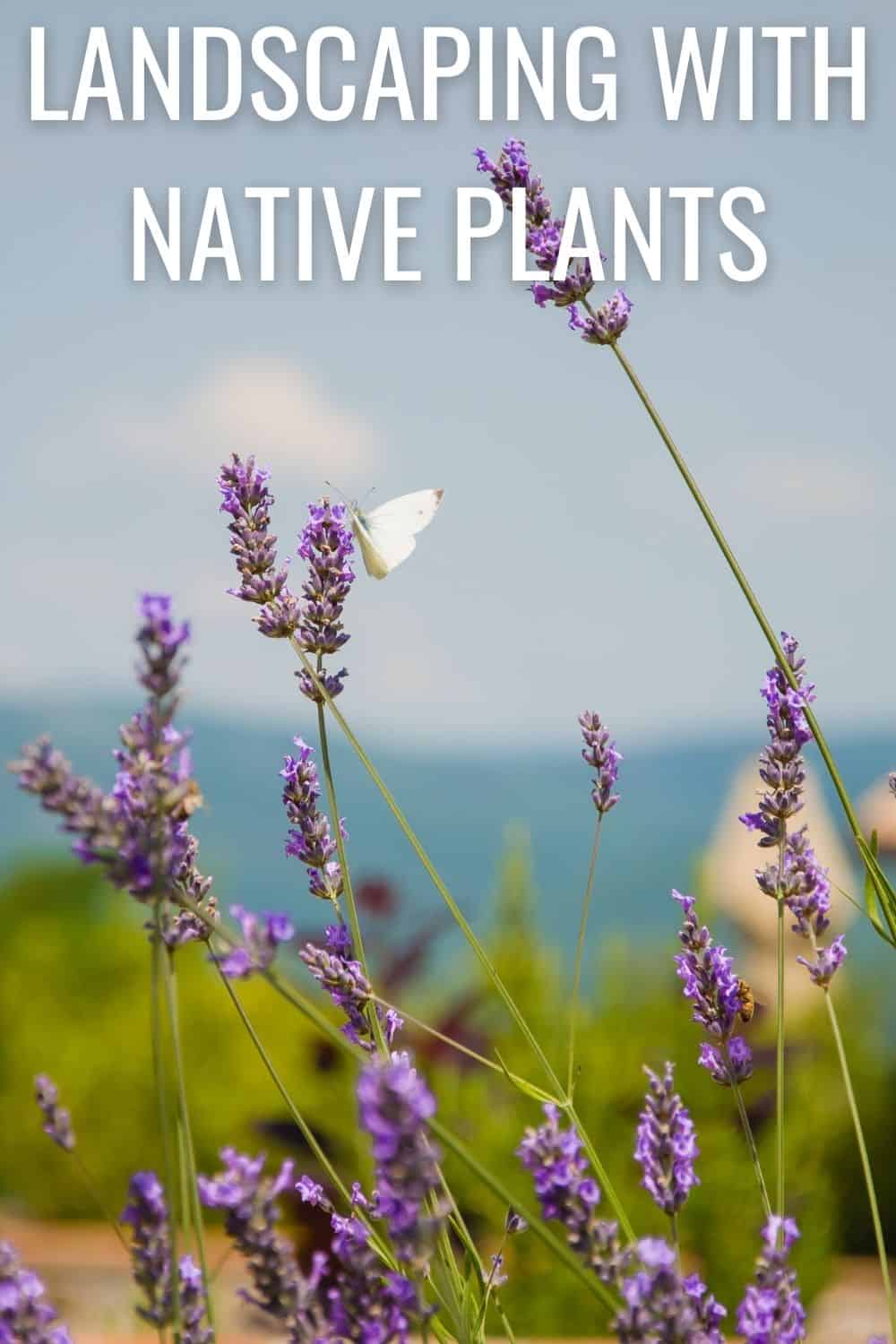

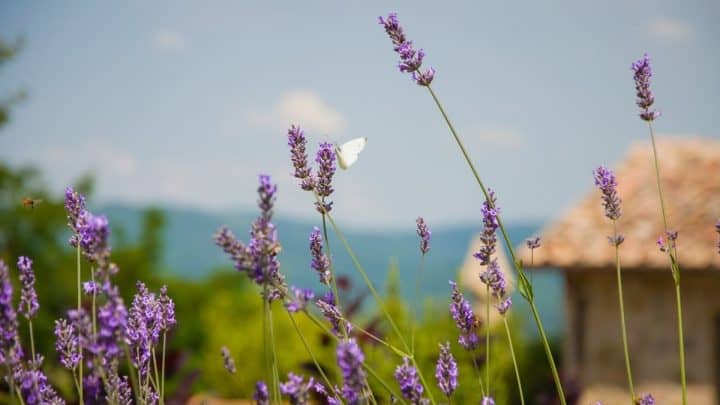
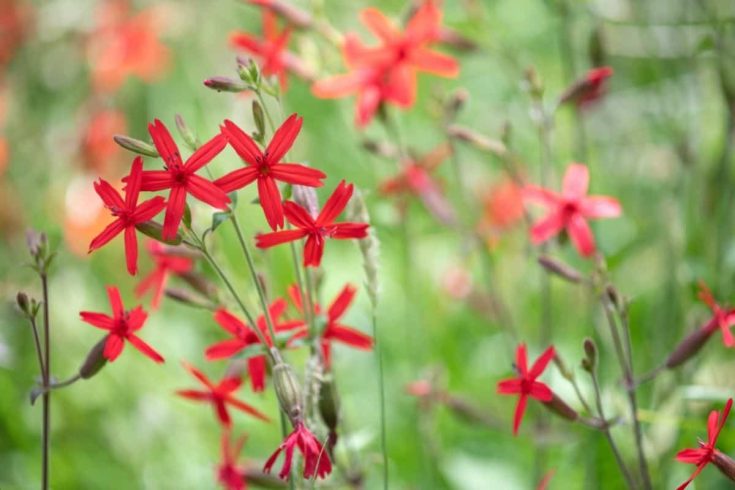
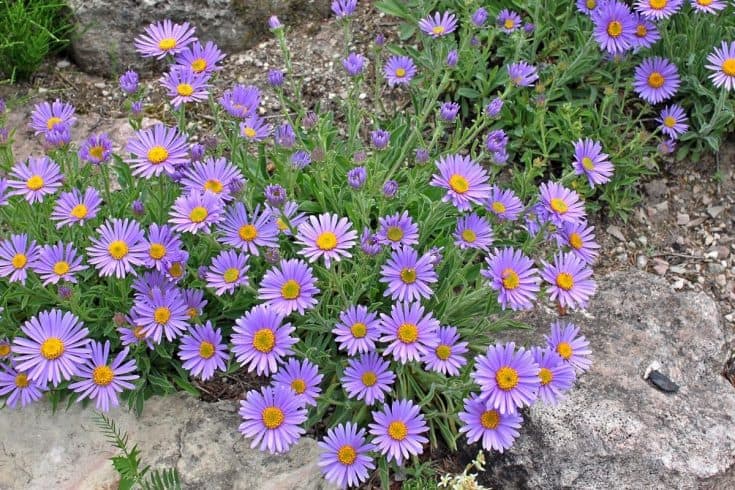
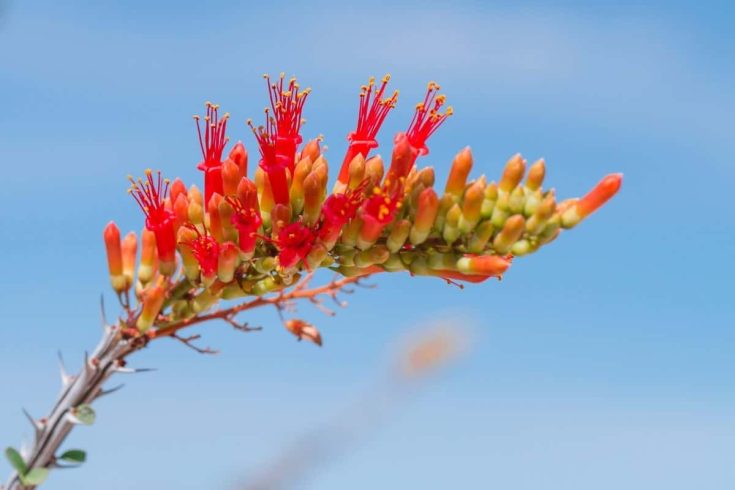
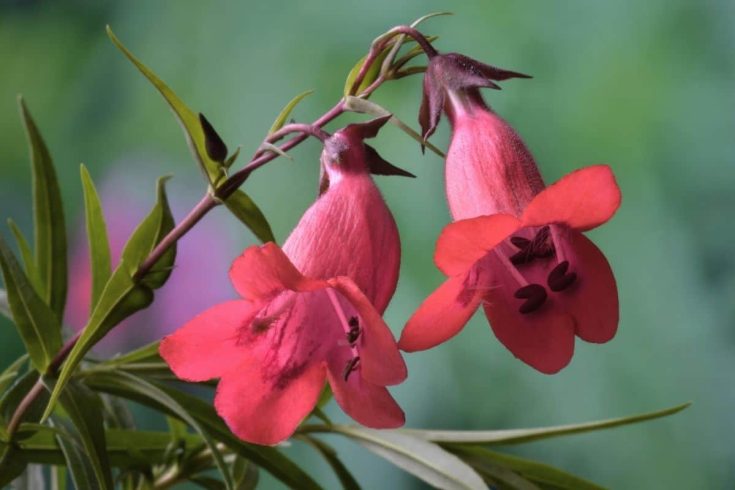
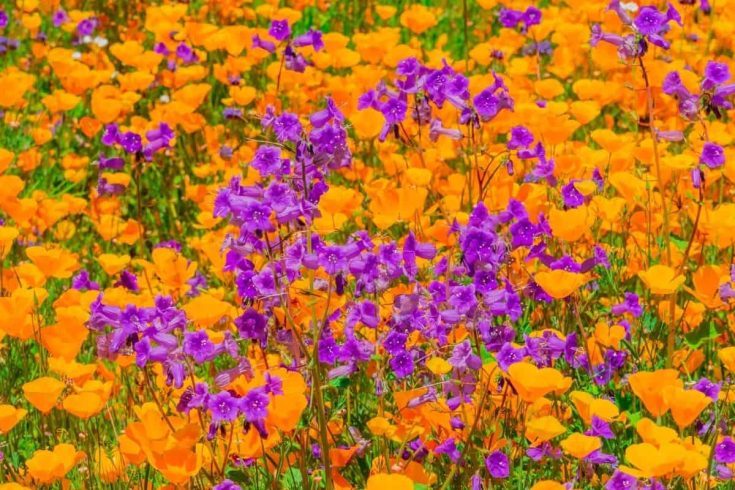
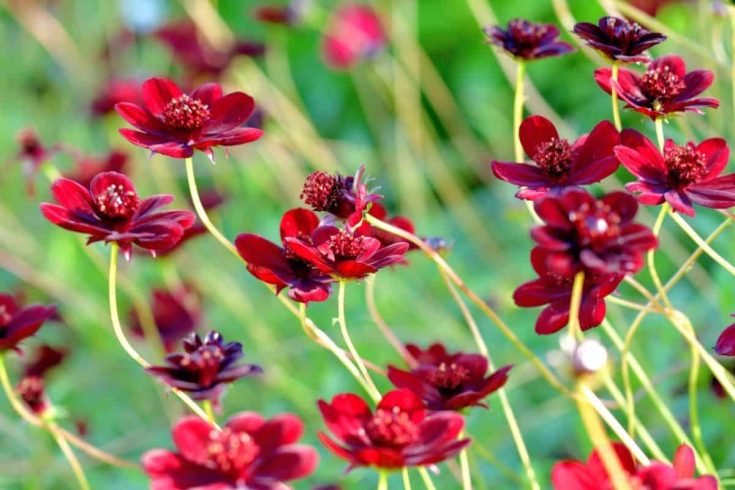
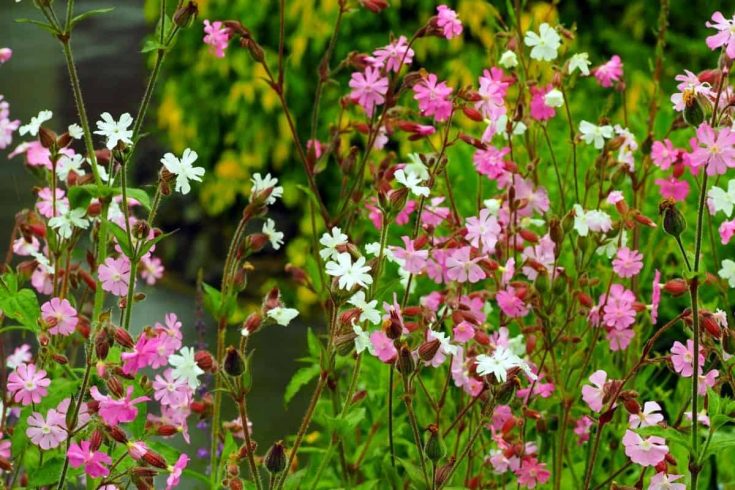
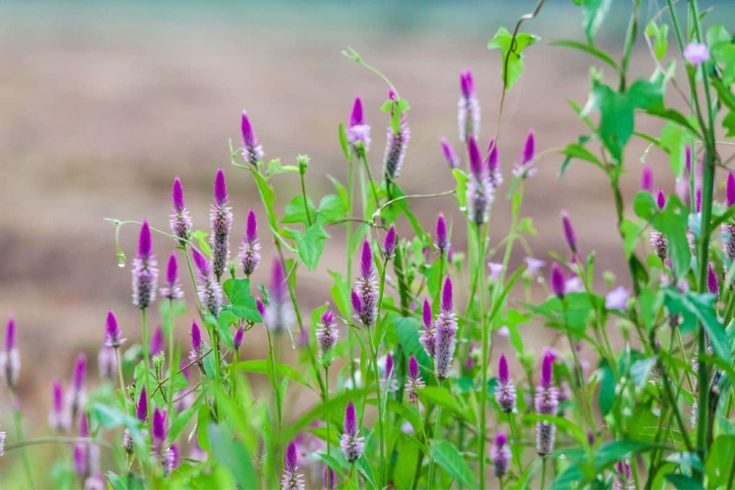
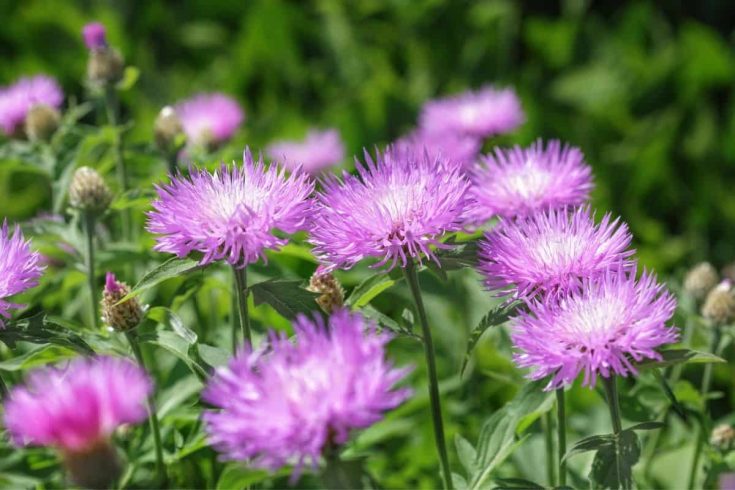
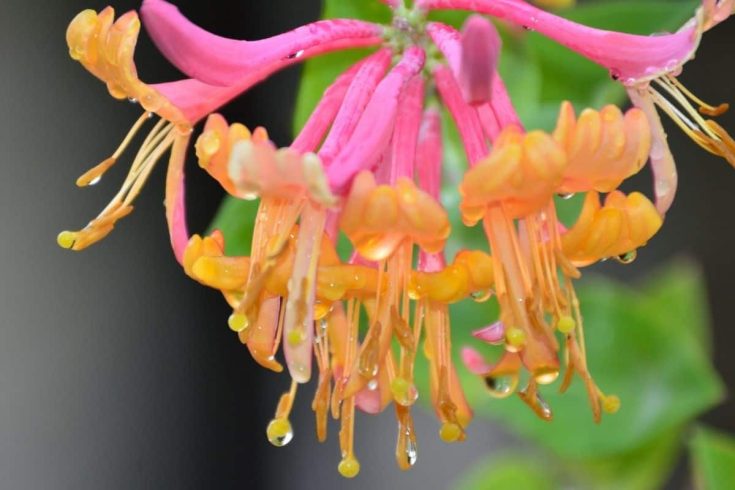
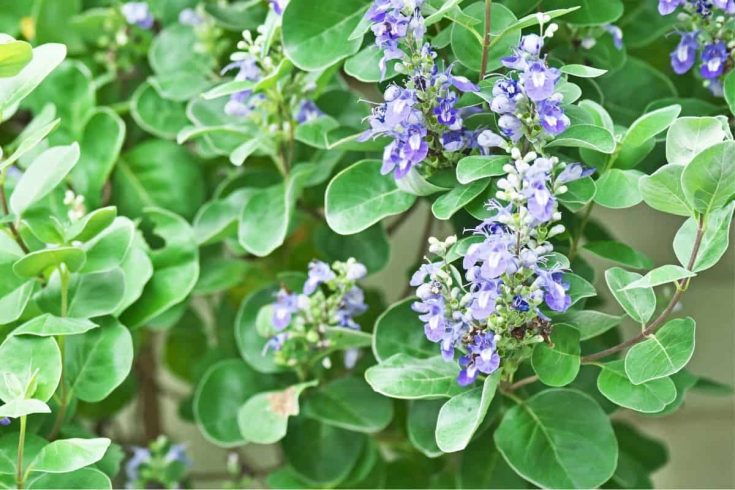
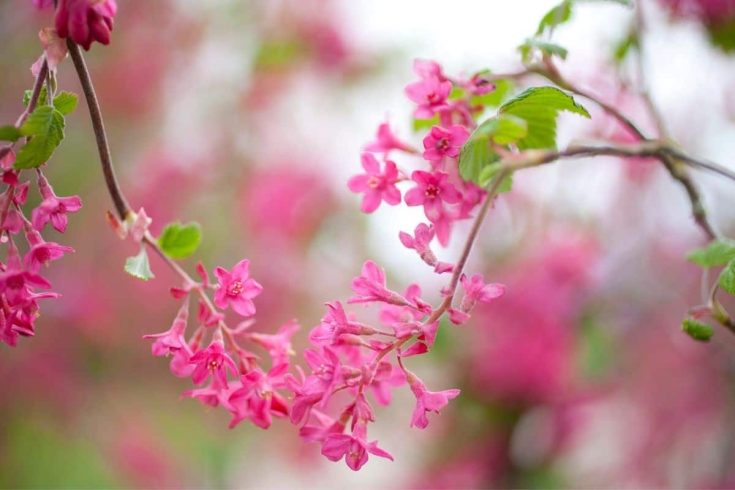
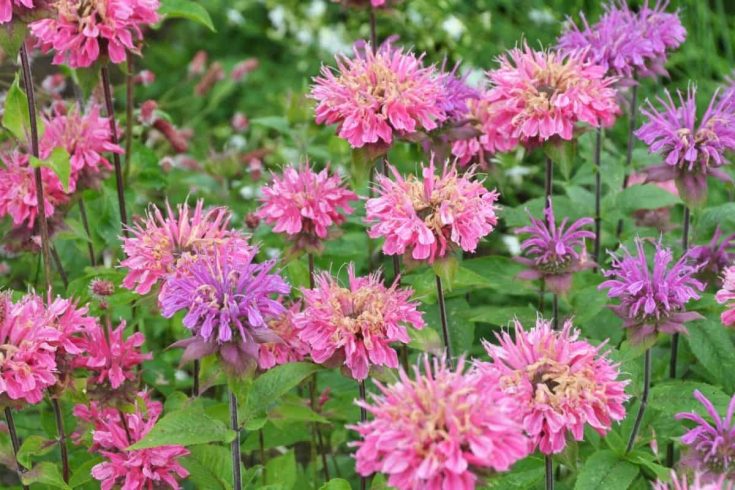
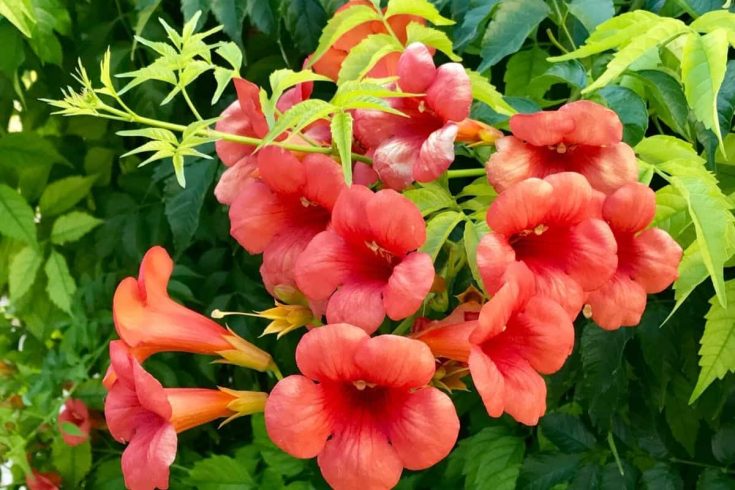
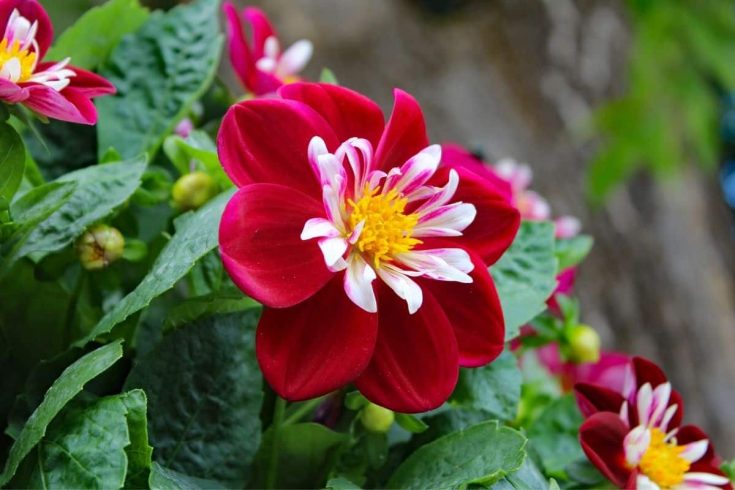
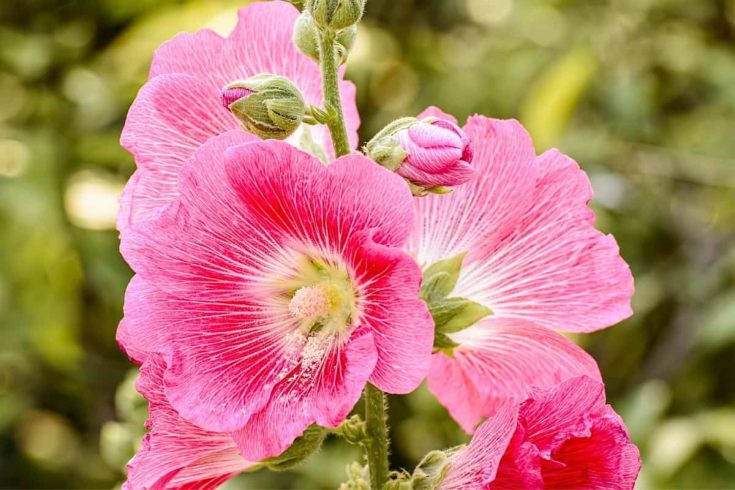
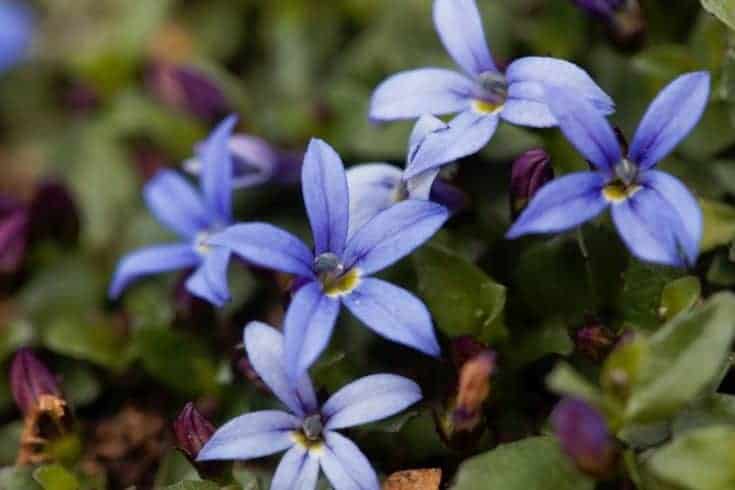
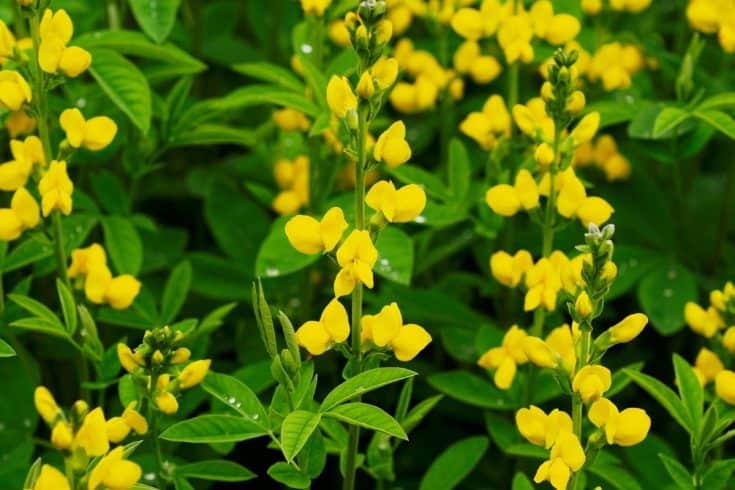
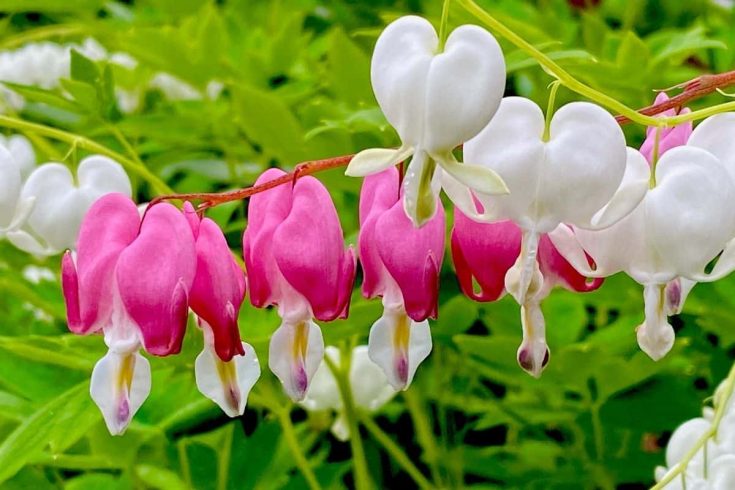
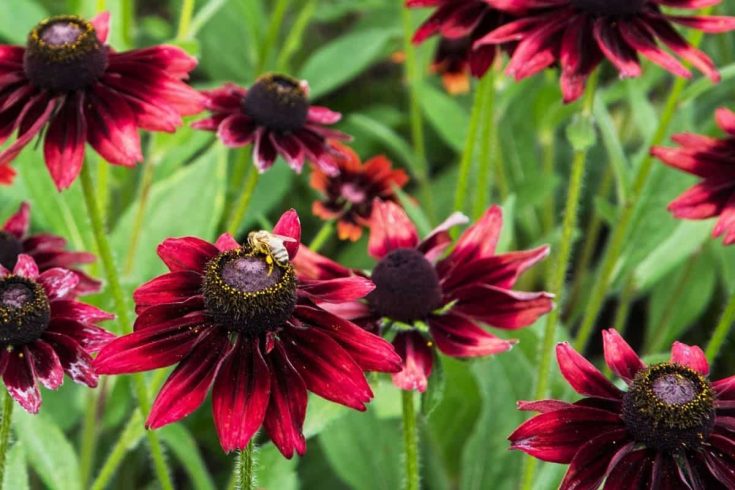
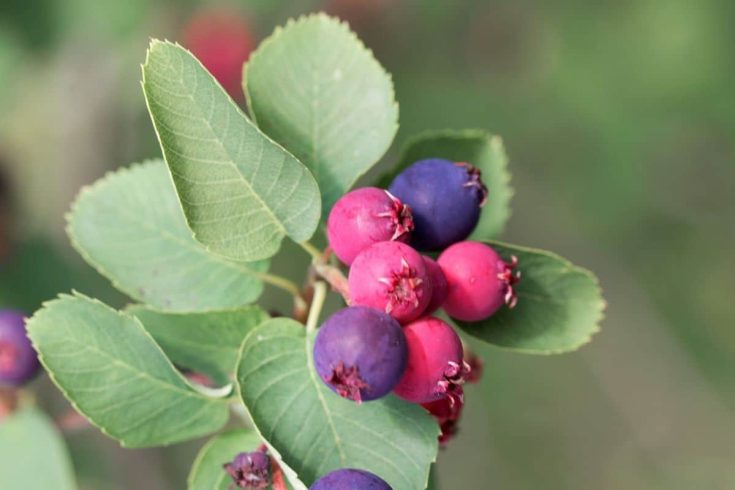
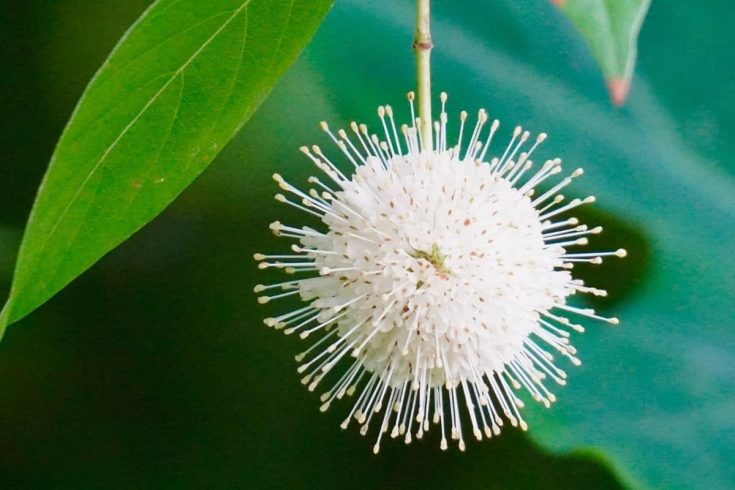
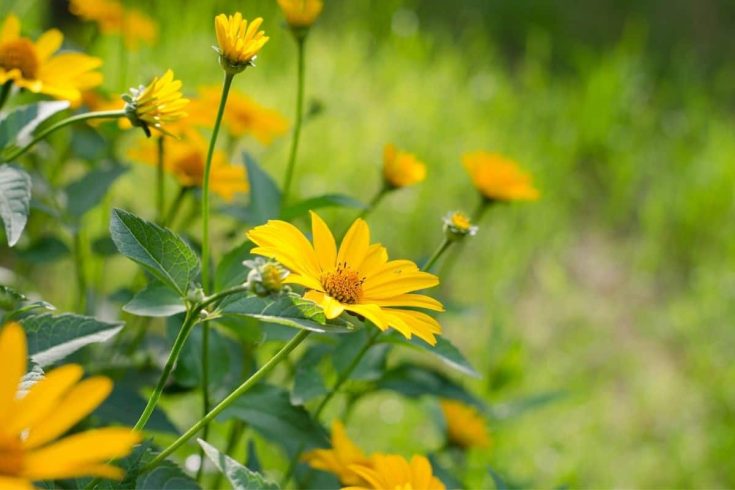
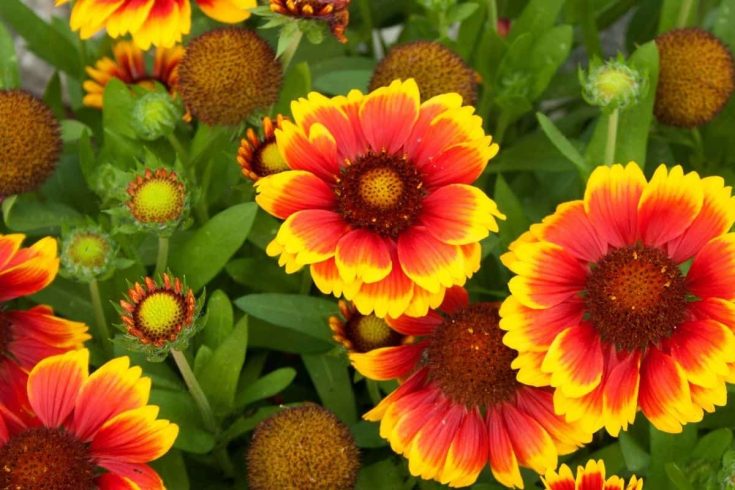
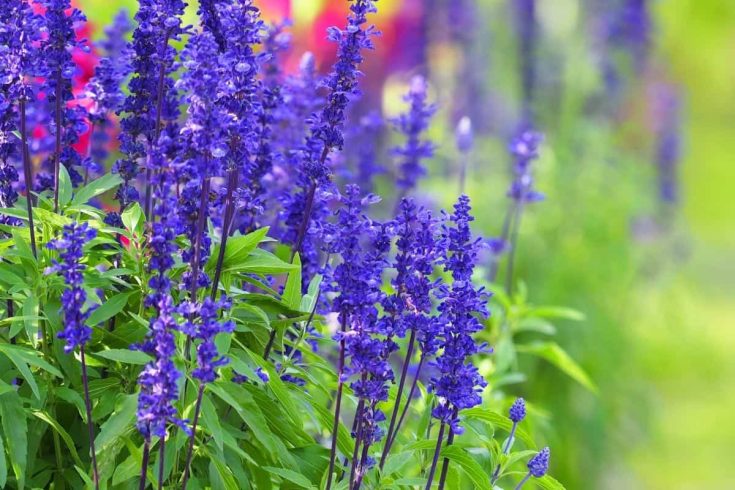
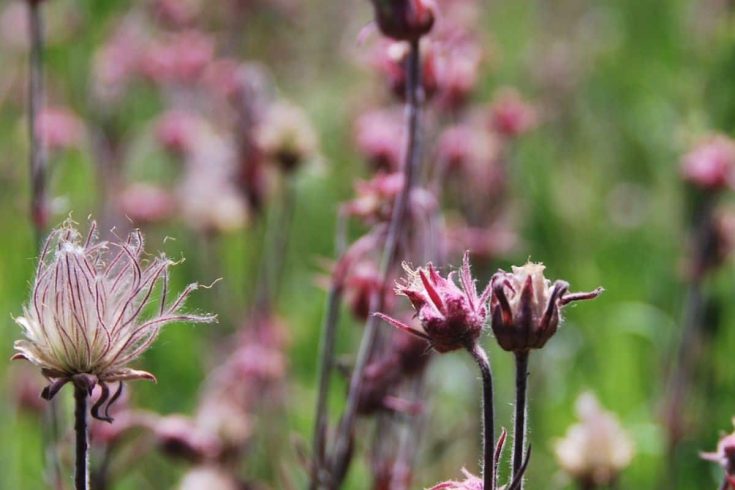
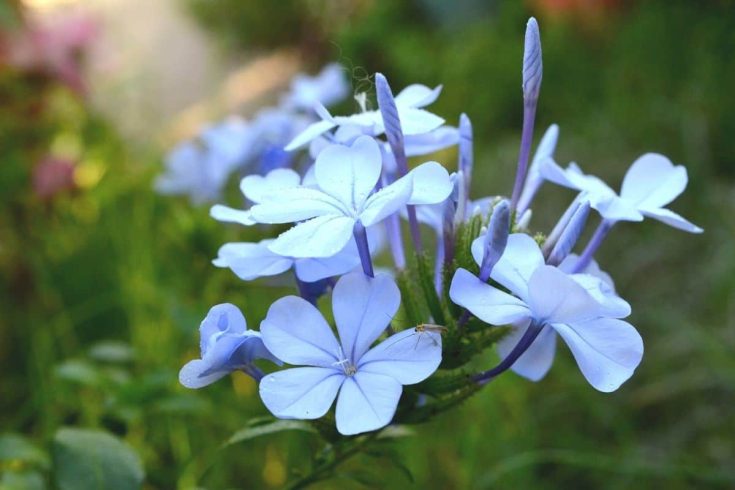
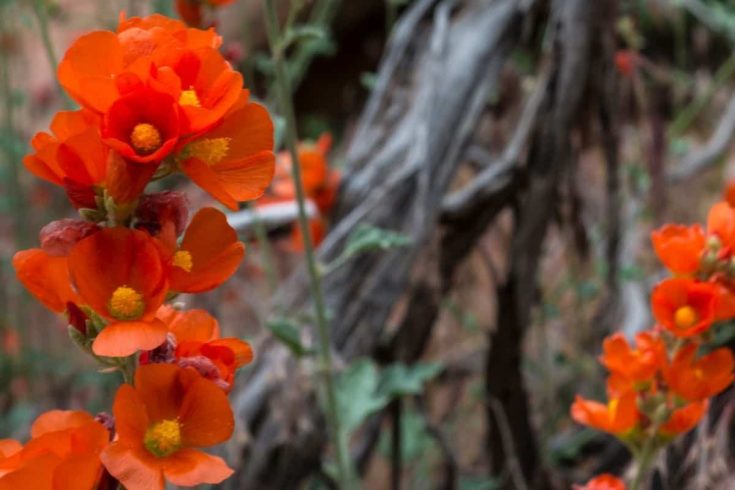
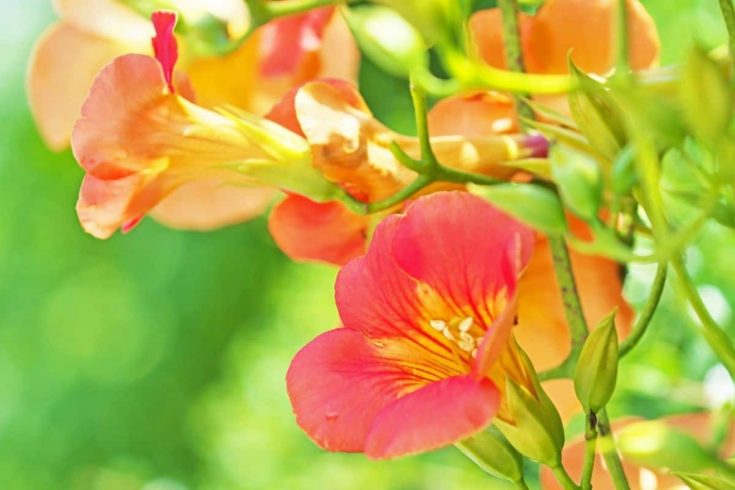
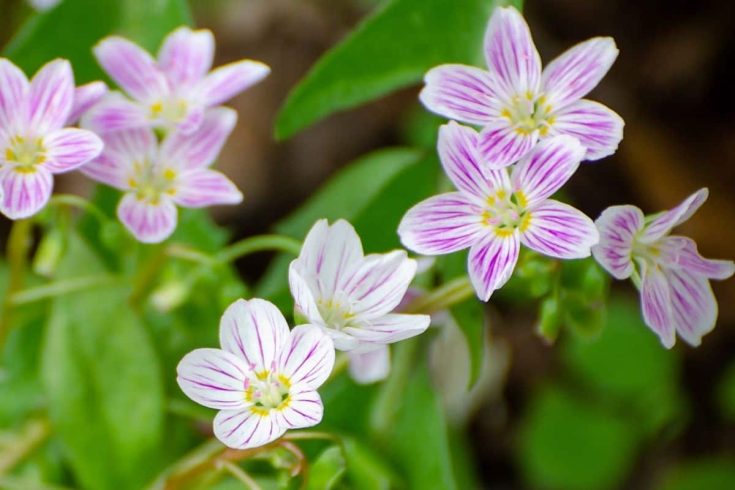
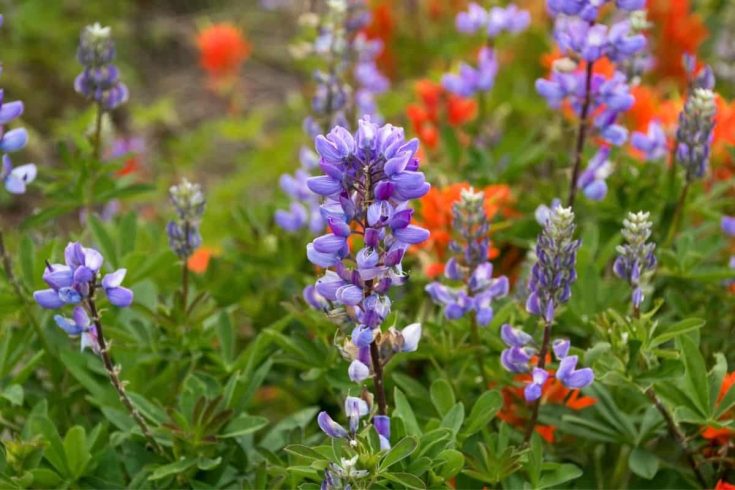
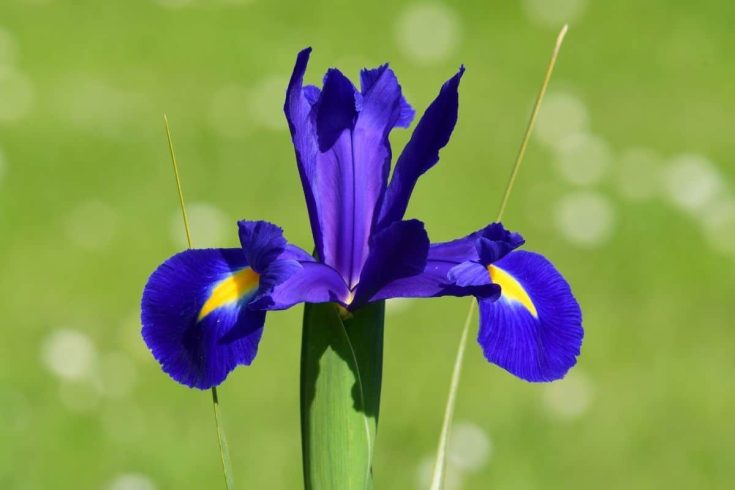
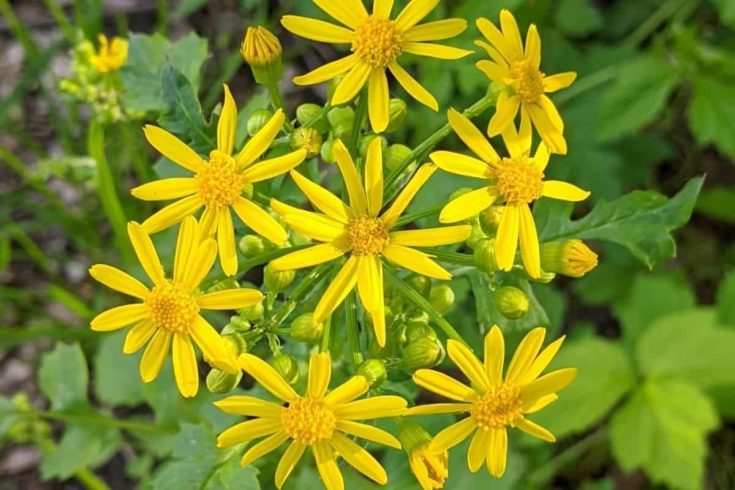
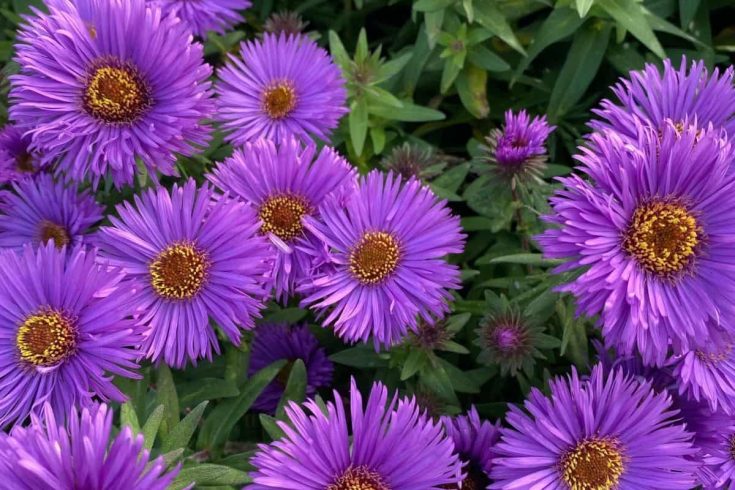
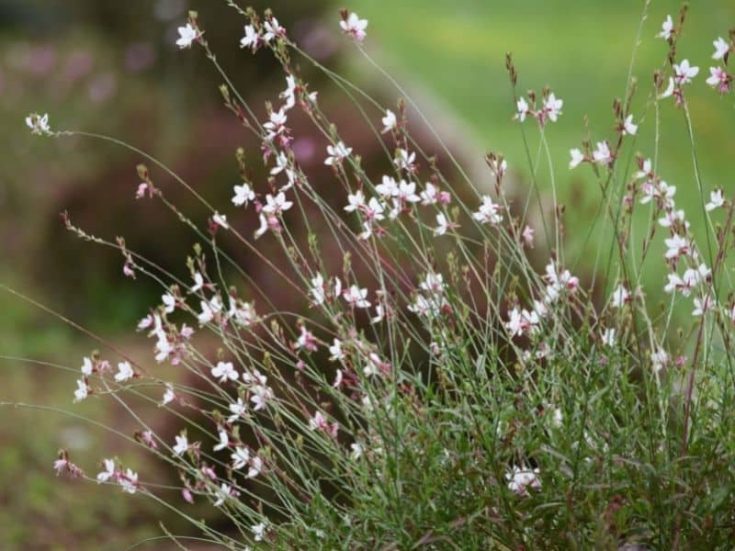
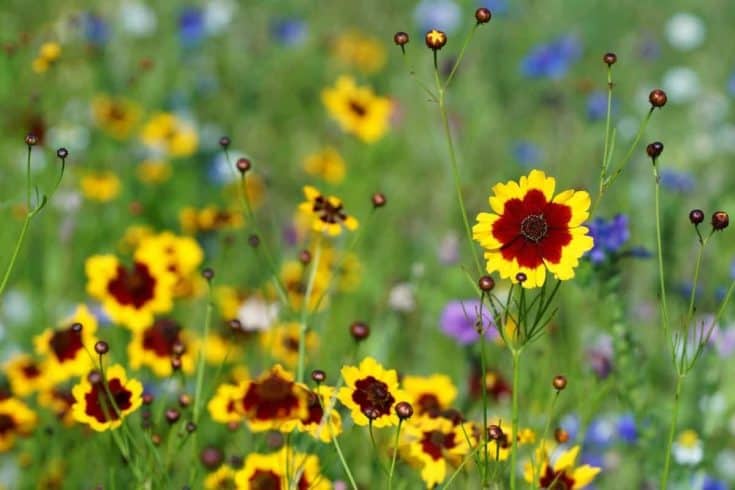
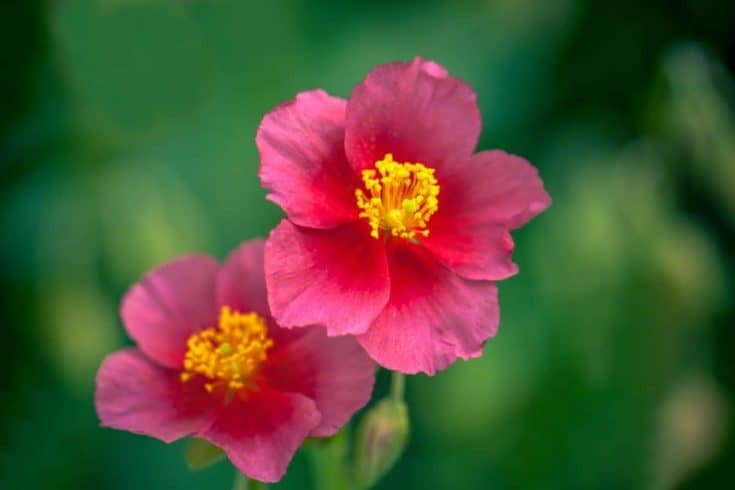
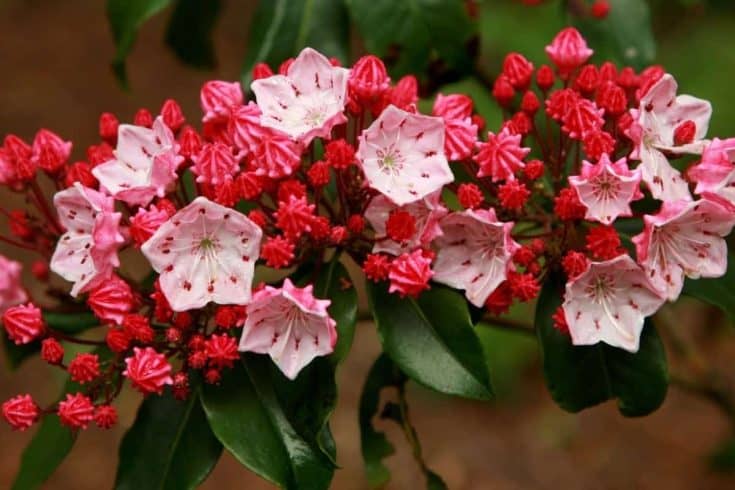
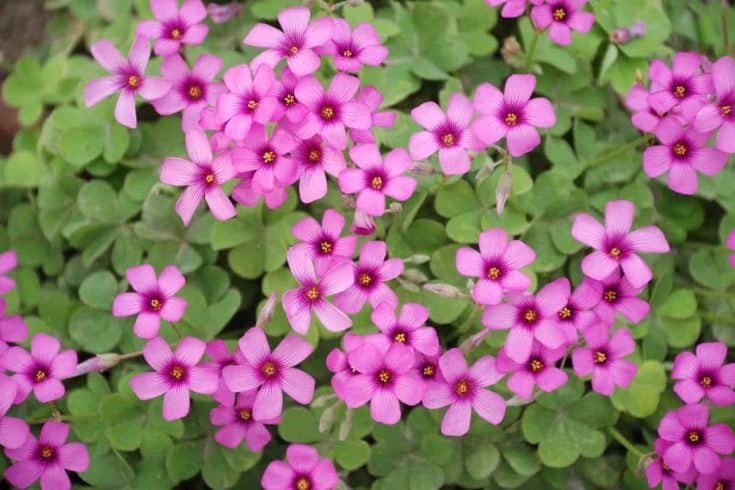
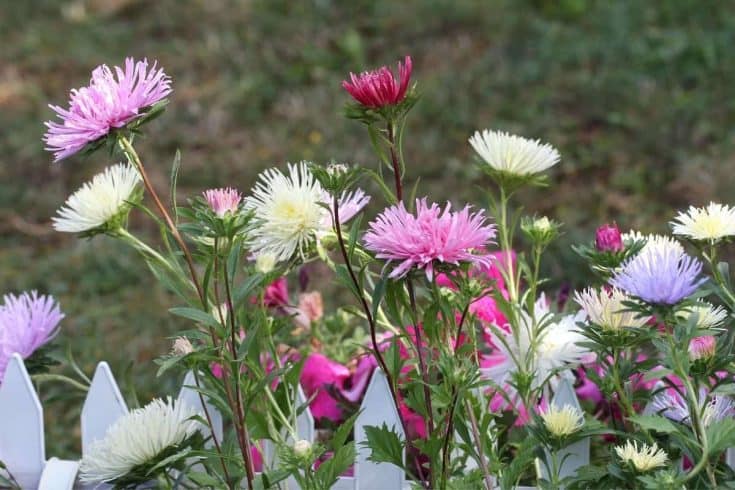
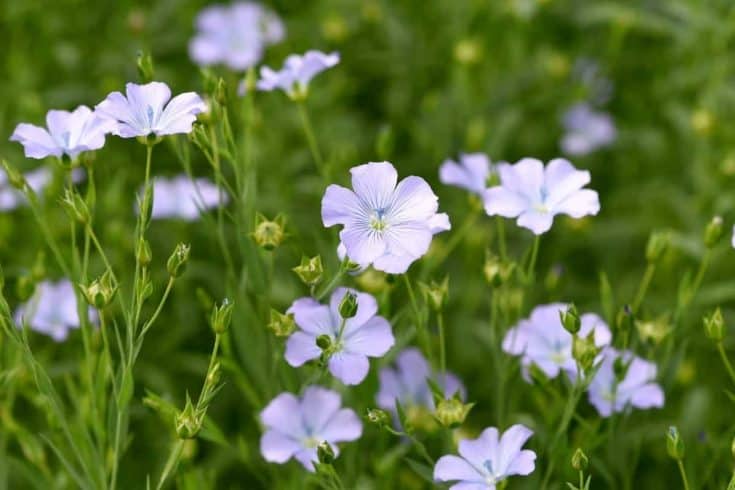
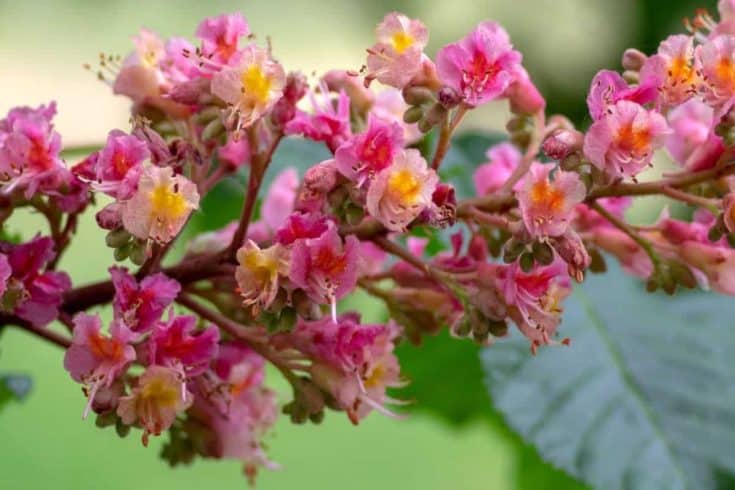
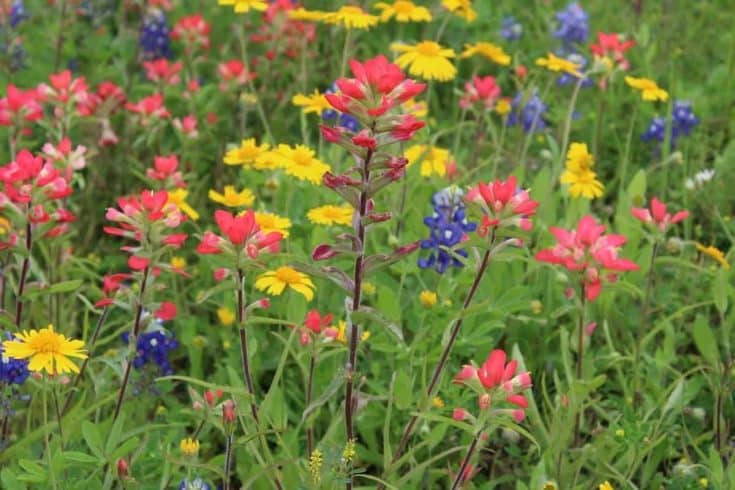
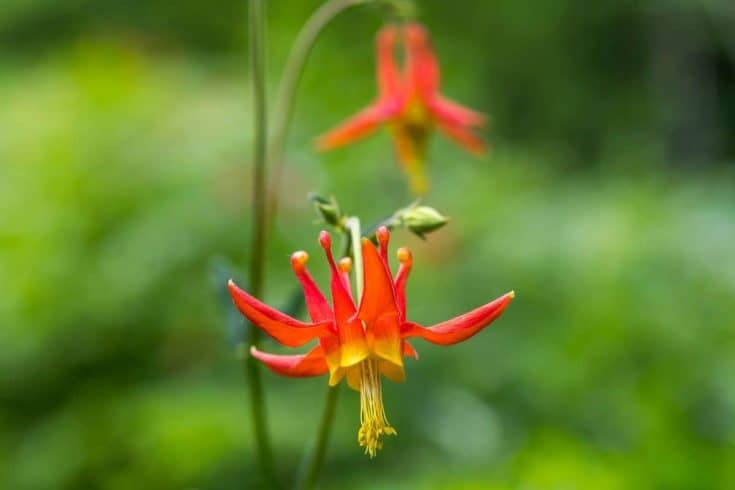
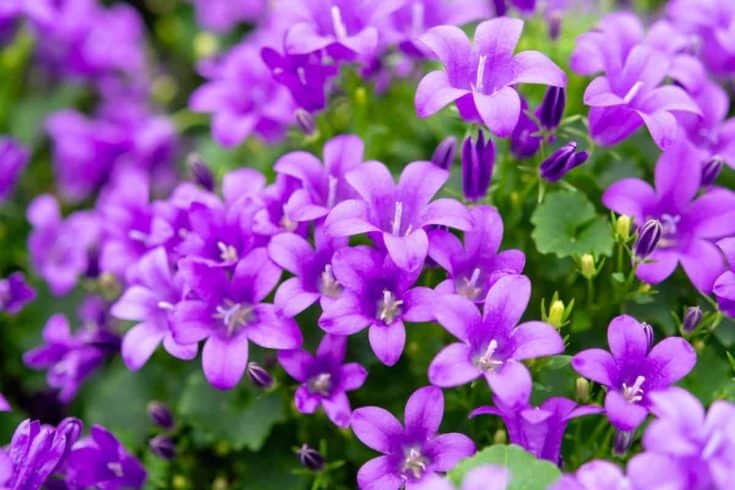
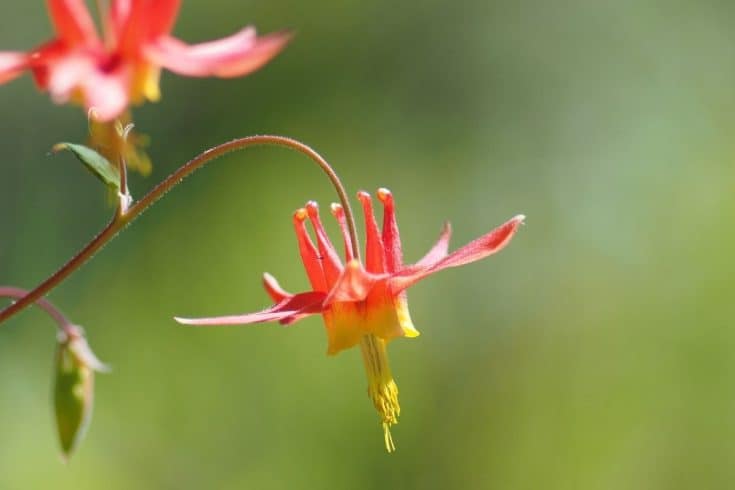
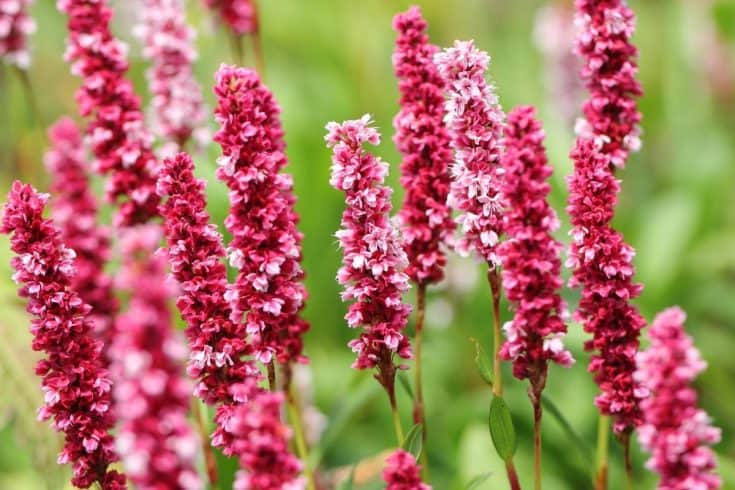
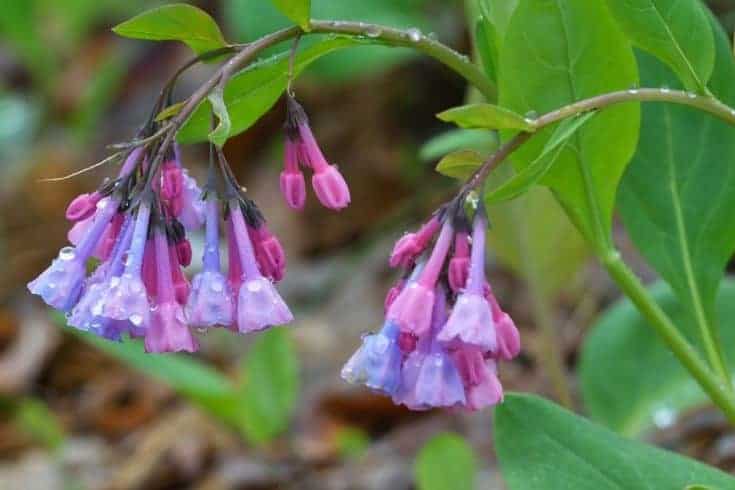
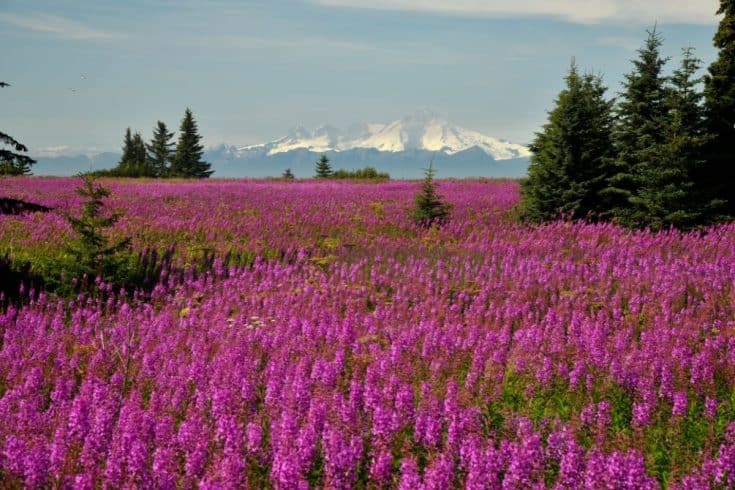


10 Peaceful Backyard Ideas To Help You Relax And Unwind
Monday 7th of August 2023
[…] a wooden trellis or a lattice fence in your beautiful backyard and plant some cascading plants, native flowers, or climbing vines to create a green […]
7 Easy Tips For Creating A Garden For Wildlife
Thursday 3rd of August 2023
[…] wildlife. It represents a harmonious blend of nature and human intervention, supporting native and local plants, birds, amphibians, reptiles, insects, mammals, and diverse living organisms. These gardens aim to […]
Nebraska Native Plants List: 18 Stunning Flowers For Your Garden
Monday 31st of July 2023
[…] Nebraska. There are far too many for us to list them all in one post since Nebraska has over 1,500 native plant species in […]
Missouri Native Plants List: 15 Amazing Wildflowers
Tuesday 27th of June 2023
[…] or landscaping. There are so many benefits to choosing native plants that it just makes sense to create a native wildflower garden over other non-native […]
12 Top Invasive Plants In Missouri (And 24 Native Alternatives)
Tuesday 27th of June 2023
[…] wildlife like butterflies and songbirds. Each description of invasive plants below includes similar native plants you can grow […]